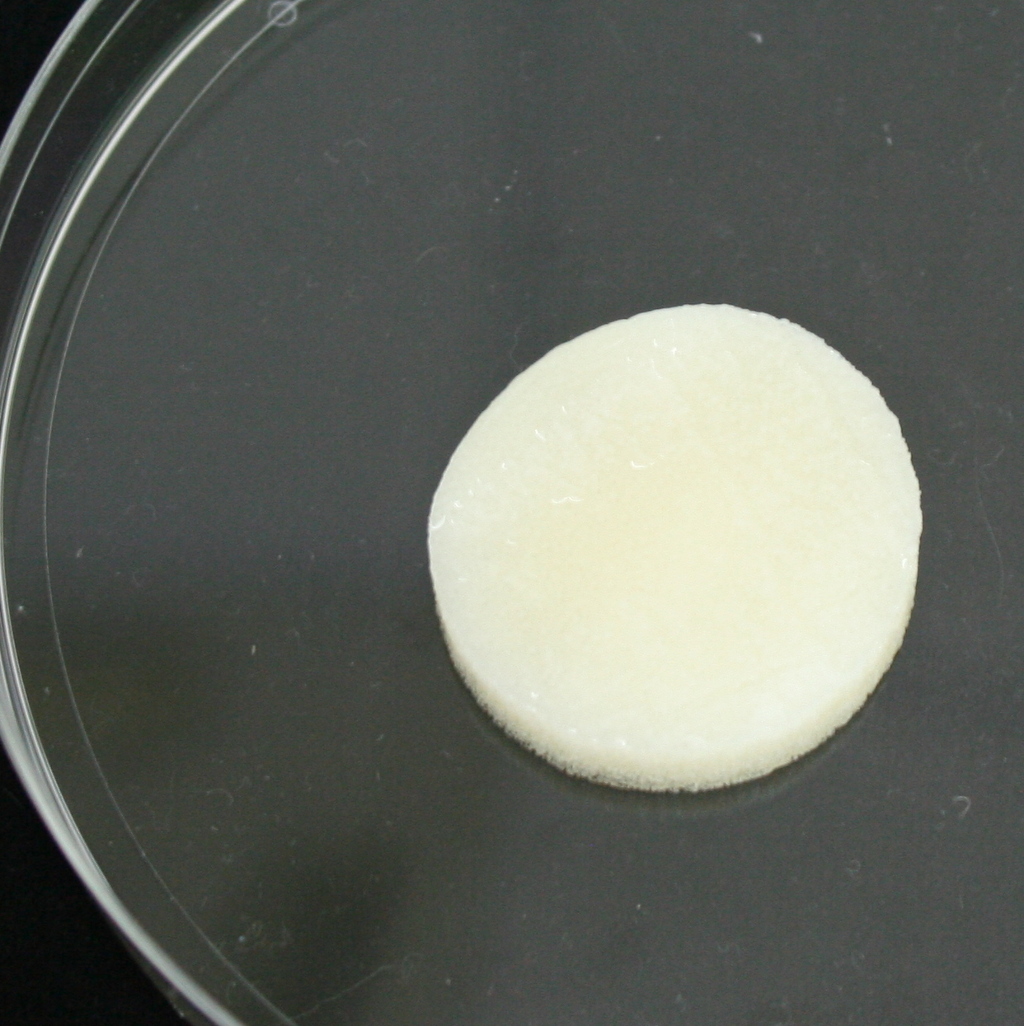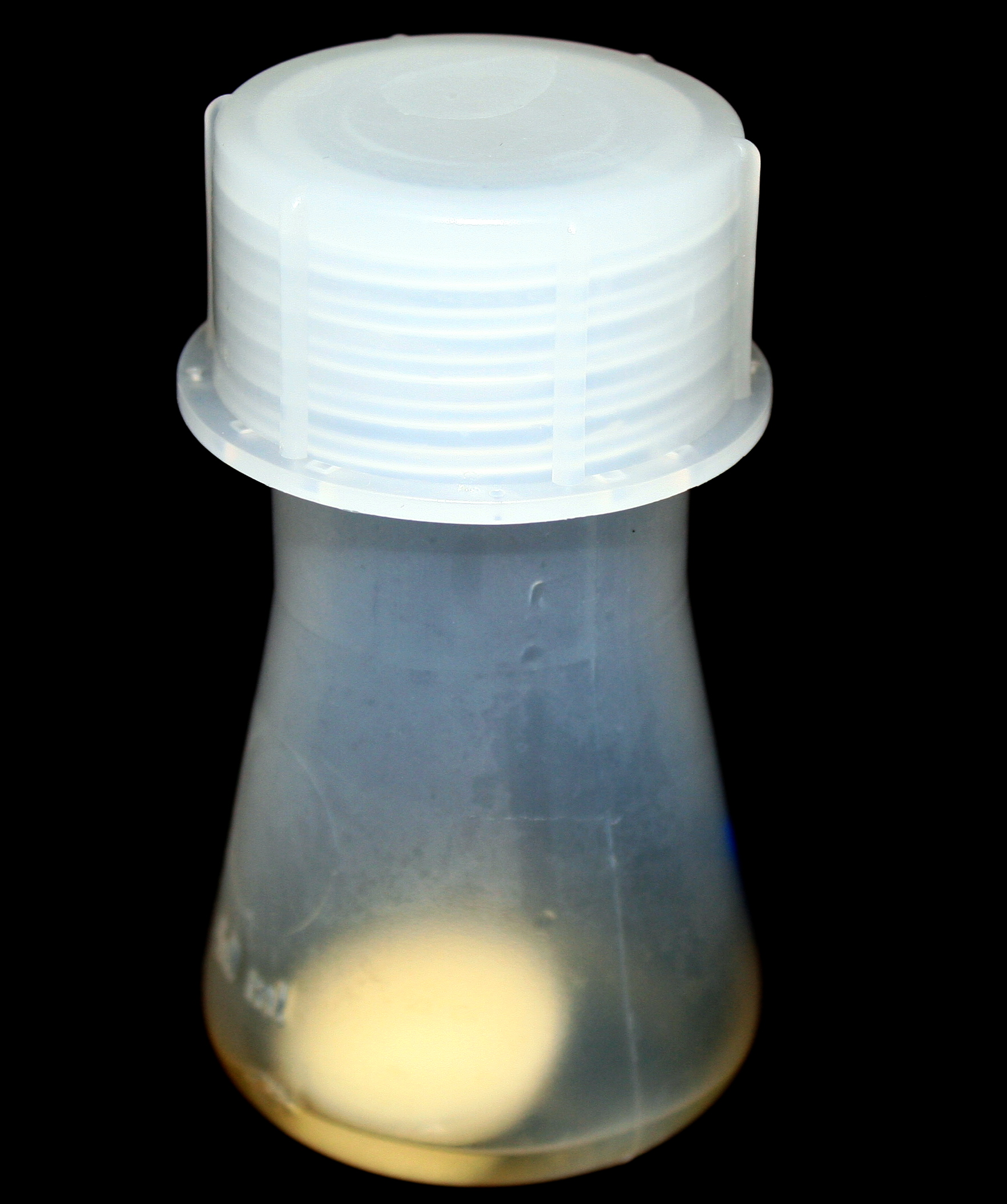SMTL offer a range of antimicrobial tests for wound dressings, especially for silver-containing dressings. Some of that work has been published (see below and www.medidex.com/research.html). SMTL staff are also involved in developing the new European standard (prEN 16756) for the antimicrobial testing of wound dressings.
SMTL tested wound dressings containing antimicrobial agents submitted for the 2009/10 All-Wales NHS Wound Management Contract. A range of products were examined, including alginates, hydrofibres, foams, low adherent dressings and gauze products. Posters for the results of each of the three test methods were presented at Wounds 2013 and are available on medidex.com.
Test Methods offered by SMTL
-
Direct Contact Dressings Testing

In this method the challenge micro-organisms are placed directly on the dressing for 24 hours, and then removed by stomaching to determine how many have survived. The volume of simulated wound fluid is 80% of the saturation volume of the sample.
The method is based upon a method referenced in Gallant-Behn et al. It is suitable for most dressing types. Use for super absorbent dressings will depend on the potential recovery.
Simulated wound fluid consists of 50% serum and 50% maximum recovery diluent and is used to simulate the levels of protein found in wound exudate.
Shaking Method Dressings Testing

In this method the challenge micro-organisms are added to 5ml of simulated wound fluid + the saturation volume of the dressing, in a flask with a sample of the dressing and shaken for 24 hours. The fluid is then sampled to determine how many have survived.
The method is based upon a method in Parsons et al. It is suitable for most dressing types. The volume of fluid required may, however, not represent the clinical situation for super absorbent dressings.
Simulated wound fluid consists of 50% serum and 50% maximum recovery diluent and is used to simulate the levels of protein found in wound exudate.
Standard antimicrobial methods
Standard methods that may be relevant for dressings are listed here
References
- Thomas S, McCubbin P. J Wound Care. 2003 Mar;12(3):101-7. A comparison of the antimicrobial effects of four silver-containing dressings on three organisms.
- Thomas S, McCubbin P. An in vitro analysis of the antimicrobial properties of 10 silver-containing dressings. J Wound Care. 2003 Sep;12(8):305-8.
- Thomas S, McCubbin P. Silver dressings: the debate continues. J Wound Care. 2003 Nov;12(10):420; discussion 420
- Gallant-Behn et al. Comparison of in vitro disc diffusion and time kill-kinetic assays for the evaluation of antimicrobial wound dressing efficacy. Wound Rep Reg 2005; 13:412-421
- Parsons_D, Bowler_P.G, Myles_V, Jones_S. Silver antimicrobial dressings in wound management: A comparsion of antibacterial, physical and chemical characteristics Wounds 2005 17 (8) 222-232.
- Agren MS, Mirastschijski U. The release of zinc ions from and cytocompatibility of two zinc oxide
dressings. J Wound Care. 2004 Oct;13(9):367-9.


